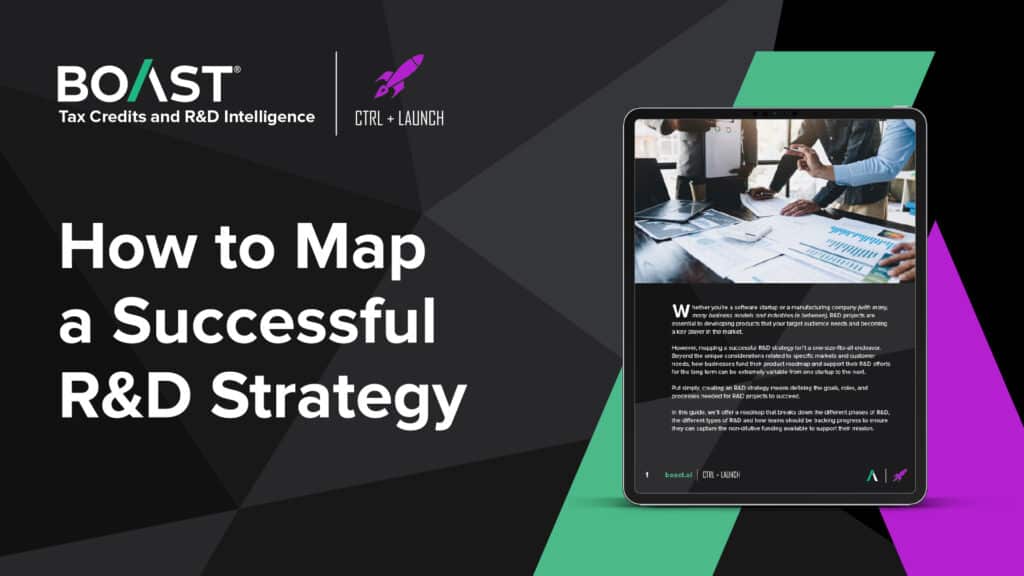It’s a safe bet that many of us will look back at 2023 as the year that Artificial Intelligence (AI) entered the mainstream. After all, both consumer and business adoption of generative AI tools like ChatGPT hit a critical mass (and at a breakneck pace) over the past year, with an estimated 40 percent of adults being aware of the platform just two weeks following its official launch.
To that end, ChatGPT broke consumer application adoption records back in January when it acquired more than 100 million daily users. By April of 2023, the platform was logging more than 10 million daily queries.
While the rapid ascension of generative AI was viewed in some consumer corners as a novel phenomenon, AI solutions are actually having a disruptive impact across the business community.
In the Software-as-a-Service (SaaS) space in particular, businesses have been sprinting to use generative AI tools to ramp up their productivity, while also folding generative AI solutions into their own product suites.
While many of the most powerful use cases are still emerging, investors and lenders of SaaS companies are seeing some meaningful applications of generative AI to both improve productivity and actually transform product development.
Generative AI plays a growing role in SaaS R&D
According to The SaaS MetricsThat Matter Most For Startups in 2024 report from SaaSCan Insights, generative AI is actually having a bigger impact on how SaaS teams build products than as a driver of overall productivity.
The report—which benchmarks the performance of SaaS businesses through the lens of investors and lenders—found that 31 percent of respondents viewed generative AI as “transformative” when it comes to building SaaS products.
This is especially prevalent among very early stage investors (ie. less than $1million ARR), with one SaaS investor commenting that “if you’re not using AI for development, you’re already falling behind” within the study.
Use cases of generative AI for R&D cited within the report include a developer who tripled their productivity by using ChatGPT and Copilot, a chatbot developed by Microsoft in collaboration with ChatGPT’s parent company OpenAI. One CTO even indicated to the report’s authors that Copilot was “the most impactful development tool he had seen in over 20 years of coding.”
Comparatively, only 20 percent of respondents said generative AI was having a similarly transformative impact on productivity—though 70 percent of those surveyed said “somewhat” to generative AI’s ability to improve workflows.
Use cases outside of product development and R&D include streamlined content creation for marketing, as well as leveraging ChatGPT to improve customer engagement.
Investors and lenders still focused on core SaaS offerings
While generative AI is seeing its profile rise as a means to build solutions, companies that claim to offer their own AI products shouldn’t lose focus of their core offerings, SaaSCan’s report suggests.
“There is a difference between companies that say they are AI-centric and those that actually are. Deal flow of companies that are actually AI-centric is [greater than] 25 percent. Deal flow of companies that say they are AI centric (or at least have an AI component) is likely [less than] 75 percent,” one early-stage SaaS investor told SaaSCan researchers.
This drives home one of the key pillars of advice delivered alongside the 2023 SaaS Benchmarks: Caution Against Hype and Shallow Trends.
In a nutshell, investors and lenders all advise that SaaS companies steer clear of deploying AI in name only, or to capture the current hype cycle. Instead, the report cautions founders to focus first and foremost on Strategic Adoption and Value Delivery while the strongest use cases continue to emerge.
Focus on R&D to drive greater innovation
It’s encouraging to see that early stage companies are focusing on ways to improve their research and development capabilities with the latest generative AI toolkits. That’s because research shows that even major corporations that put a greater emphasis on R&D (compared to Sales and Marketing, for instance) ultimately enjoy a higher long-term valuation.
As was recently highlighted on the OnlyCFO blog, the top 10 fastest growing public companies by revenue growth spend 1.7x more on Sales and Marketing (S&M) compared to R&D on average. Comparatively, businesses that exceed this threshold and spend upwards of 2-3X on S&M vs. R&D have only a 4.9x estimated valuation (EV) compared to the market standard of 7.2x (that is, well below the industry average).
To drive this point home, mature companies that actually spend more on R&D than S&M have an average estimated value multiple of 8.7x, representing a massive potential growth trajectory.
Re-investing in R&D to accelerate innovation
Businesses that actively conduct R&D to improve their products and expand their offerings can enjoy more than just a higher estimated valuation than those that don’t. When businesses are investing their own resources into driving unique innovation, they have the opportunity to stretch their dollars further.
In both the United States and Canada, there are tax credits on offer at the federal level (as well as individual state and provincial programs) that are designed to encourage unique R&D by allowing businesses to claim their eligible activities and recoup a portion of the costs.
With this cash back, founders can infuse their R&D with critical capital to actually embark on even more credit-eligible activities, unlocking a virtuous cycle of investment that results in better products (and happier customers).
Talk to an expert from Boast today to learn how we work with thousands of startups across North America to help them cash in on available sources of non-dilutive funding.
To learn more about how to map a successful R&D strategy that delivers for your business, download our latest ebook.










